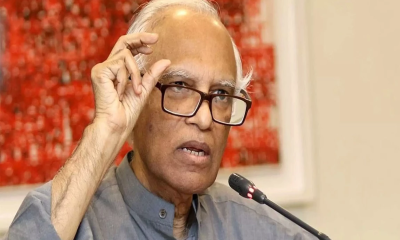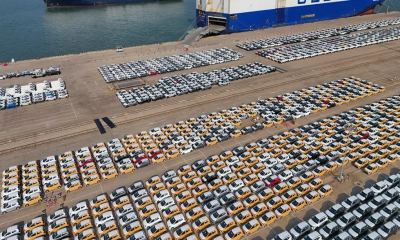The residents of the capital continue to endure significant hardships due to waterlogging, and the crisis is only exacerbated by the blame-game of allegations and counter-allegations prevailing among different agencies of the government.
This recurring issue plagues the capital whenever sustained rainfall occurs, leaving the residents to contend with the consequences. The root cause lies in the inadequate coordination between the two city corporations and other government agecies responsible for maintaining the drainage system in Dhaka.
There is a palpable lack of attention towards maintaining the cleanliness of Dhaka`s canals and sewers, i.e. prevent them from becoming clogged. The drainage channels choked with debris, impeding the swift flow of water, leading to severe flooding during rainfall, such as the deluge witnessed on September 21, when four people tragically lost their lives as they were electrocuted by a live electric cable that tore off and fell on the water.
From October 5-6, the capital experienced sporadic heavy, moderate, and drizzling rain for two consecutive days, accumulating 90 mm of rainfall. The resulting waterlogging affected various areas of Dhaka and amplified the long-standing predicament faced by the city dwellers.
The stagnant water in the capital typically drains into surrounding rivers through three channels, including a pump station, sluice gates, and canals. However, most of the sluice gates under Dhaka South City are nonfunctional, and the canals are ill-suited for efficient water flow, perpetuating the annual flooding woe for the city`s populace.
Adjacent to Kamalapur Stadium, Dhaka South City Corporation`s pump station theoretically has the capacity to drain 8,55,000 litres of water per minute. Regrettably, the station becomes inoperable after heavy rainfall due to non-functional drains and box culverts. This malfunction underscores the pressing need for systematic improvements in the city`s drainage infrastructure.
The devastating flooding witnessed on September 21 impacted several key areas, including Old Dhaka, Motijheel, Badda, Malibagh, Rampura, Shantinagar, Mouchak, Bailey Road, Kakrail, Gulistan, Shahbagh, Banglamotor, Dhanmondi, Karwan Bazar, Farmgate, Mirpur, Tejgaon, Mohammadpur, Mirpur, Bhatara, Bashundhara, and Khilkhet. Some of these areas remained waterlogged even a day later.
It seems the buck stops nowhere as various entities deflect responsibility as the city faces another bout of severe waterlogging.
Professor Adil Muhammad Khan from Jahangirnagar University`s Department of Urban and Regional Planning said that Dhaka South City Corporation has allocated approximately Tk 225 crore for waterlogging alleviation projects.
“Despite these investments in canal renovation, drainage, and water drainage system development, the city remains ensnared in the grip of waterlogging, primarily due to the drainage system`s inherent limitations,” he said
He underscored the critical need for coordinated efforts between the government organisation and urged for continuous accountability.
“Organisations engage in constant buck-passing as waterlogging persists. The accountability of each task should be ensured by adopting a coordinated plan in coordination with various organisations. Just spending money is not enough, accountability is necessary. Proper plans should be made to deal with waterlogging,” he added.
Professor Adil, also the General Secretary of Bangladesh Institute of Planners, said that only 30 percent of Dhaka`s areas are planned, leading to waterlogging in the remaining 70 percent during light rains.
Disparity has also been created between the government`s road development and drainage systems. This has created public outrage, he said.
“The water will go to the pump station through the drains, but they do not have enough water flow. There is a lack of coordination between the city corporation and other service agencies in the drainage system. Therefore, the two cities have to work on a permanent solution in a planned manner," said the urban planning expert.
In this regard, Asif, a resident of Dhaka, told UNB, “The mouths of these drains are supposed to be cleaned regularly by the City Corporation workers, but they are not being cleaned even after 6 months. It is not enough to sweep the streets just to show people. Every drainage system should be kept clean on time.”
Floodwater from Nayapaltan, Segunbagicha, Kakrail, Shantinagar, Shahjahanpur, Motijheel, and Kamalapur accumulates in the TTpara pump station, but operational issues persist. Similarly, the Dholaikhal pump station, responsible for draining water into the Buriganga River, faces challenges, with its three high-capacity pumps unable to discharge water effectively.
According to data from the two city corporations, Dhaka WASA maintains 385 km of deep drains, 4 pump stations, and 10 km of box culverts in the capital. Meanwhile, the Water Development Board oversees 52 sluice gates and 1 pump station, and RAJUK oversees 25 km of lakes and 300 km of reservoirs.
DNCC has 1,250 km of drainage lines, and DSCC has 961 km of drainage lines. And, despite the existence of 26 canals under the two city corporations, because of lack of maintenance the water bodies are becoming filled, exacerbating waterlogging during rainfall, according to locals.
Dhaka North City Corporation (DNCC) Mayor Atiqul Islam told UNB that 113mm of rain fell continuously in a few hours that day (Sep. 21); therefore, waterlogging occurred in different areas of the capital.
“We are filling and occupying the canals. Apart from that, we dump polythene, bottles, and debris everywhere, which ends up in the drain and obstructs the flow of water. The flow of water has been disrupted; there is waterlogging, and receding flood water takes time,” he said.
“Sheorapara, Madhubagh, Khajur Bagan, the road next to the Parliament building, and the road in front of the Navy used to sink once. But that is not the case now. If there is flooding, the water also recedes. We will not allocate spaces for constructing roads in Dhaka if they are less than 20 feet. Because if the road is less than 20 feet, there is no place for a drainage system. There are still many roads that are less than 20 feet wide. They are mainly the problem of waterlogging,” he added.
The DNCC Mayor mentioned they have formed 10 Rapid Action Teams and said, “Our challenge now is to make the roads at least 20 feet wide. And we have started the work of enlarging the drains in narrow roads so that the water can go down quickly. We have already started these works in Dakshinkhan and Azampur.”
Dhaka South City Corporation (DSCC) Mayor Barrister Sheikh Fazle Noor Taposh said, they are giving utmost importance to waterlogging.
“In the last three years, infrastructure construction and development work have been done at 136 places at a cost of Tk 225 crore to alleviate waterlogging. If we implement short, medium, and long-term action plans, waterlogging will reduce,” he said.
Taposh said, “This is a very difficult and huge project. Formulating the project, getting project finance, then tendering and starting the work, all fall into a long process and take a long time. For this, we have been doing the work with our funds to advance the work that we have the ability to do. This is our strategy so that it does not take ten long years like Hatirjheel.”
“When we started (waste removal, squatter eviction, and demarcation) last year, it did not have a river basin. We managed to do that. Now the water is flowing. Water is draining. Congestion has been resolved. So we have completed the initial work. If we had waited for the project nothing would have happened by now. We expect that it may take three years to pass the project and complete the work. In the meantime, we will continue the work of our initiative,” he added.


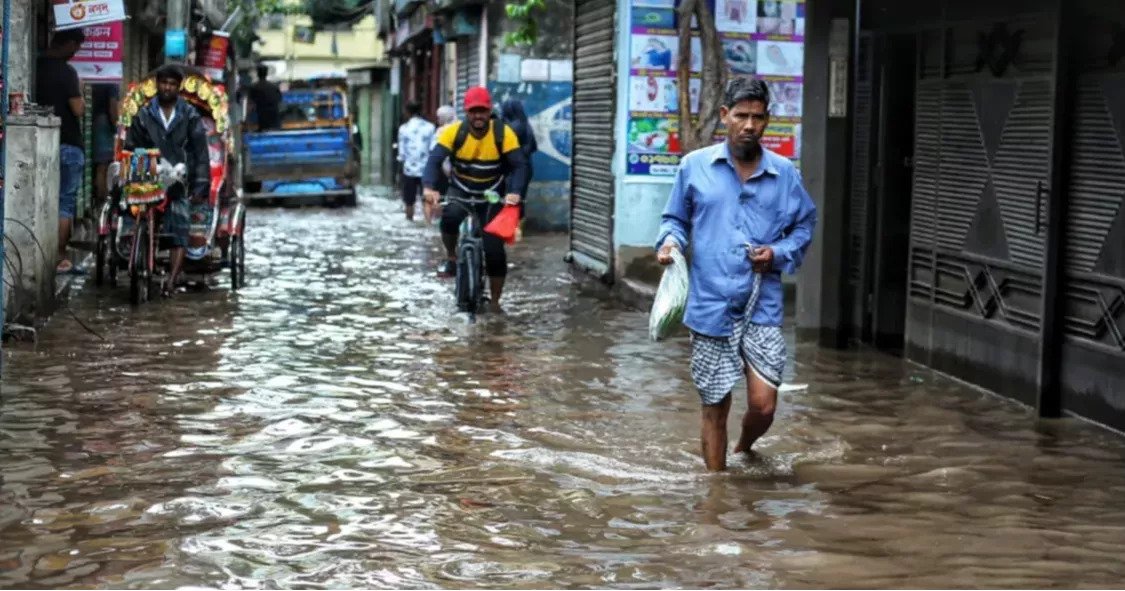


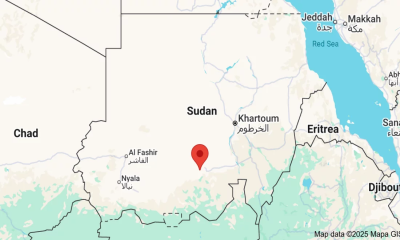
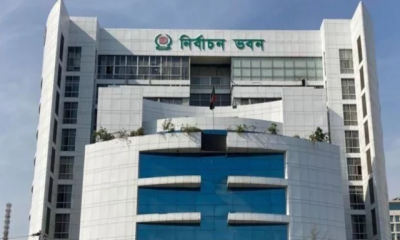
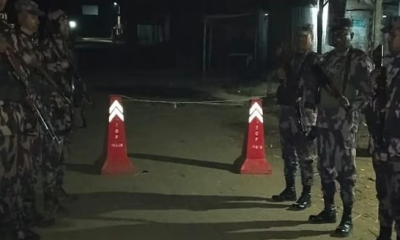

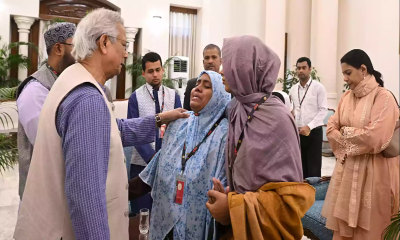
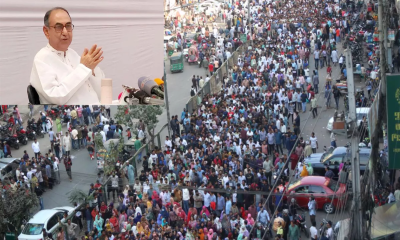
-20251213120612.webp)
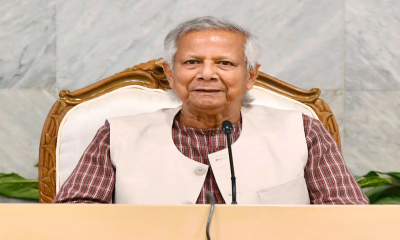
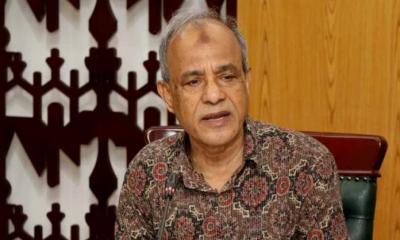
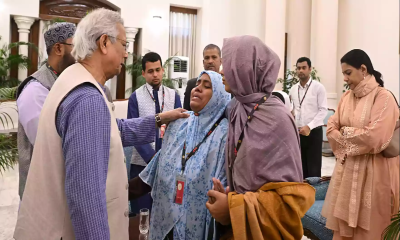


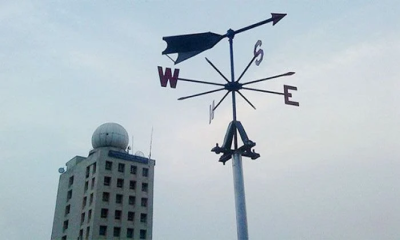



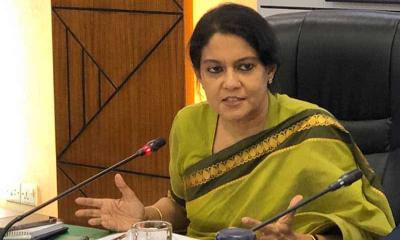
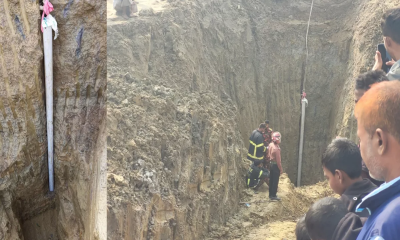
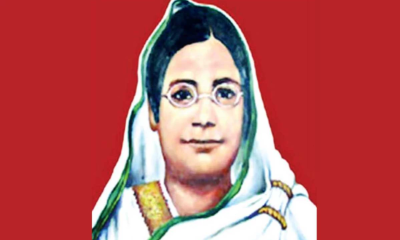


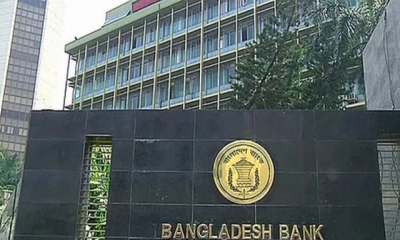

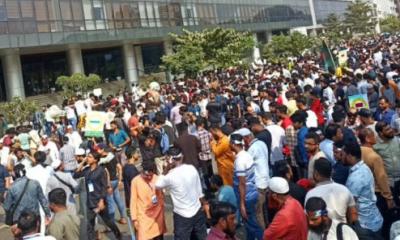
-20251207131533.jpg)

